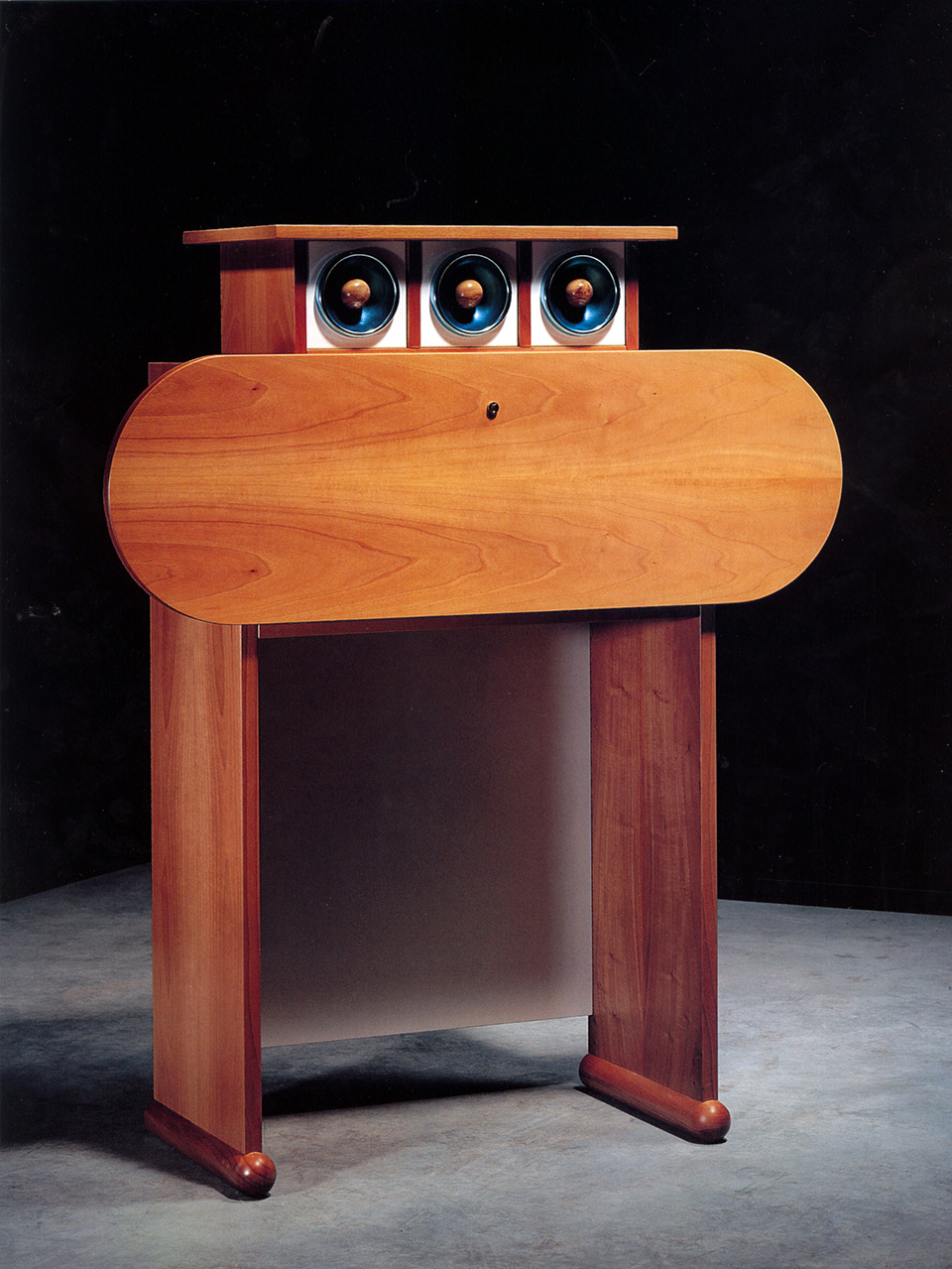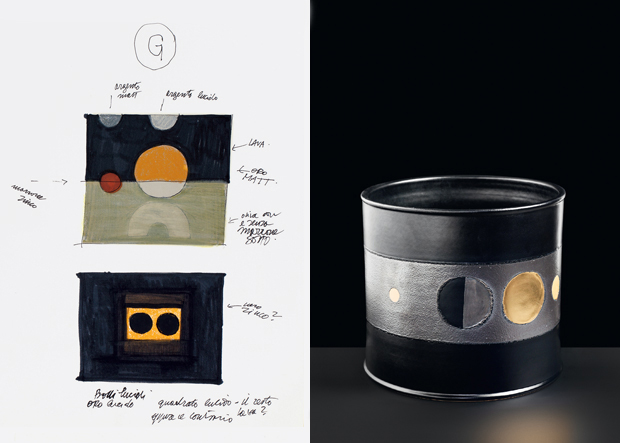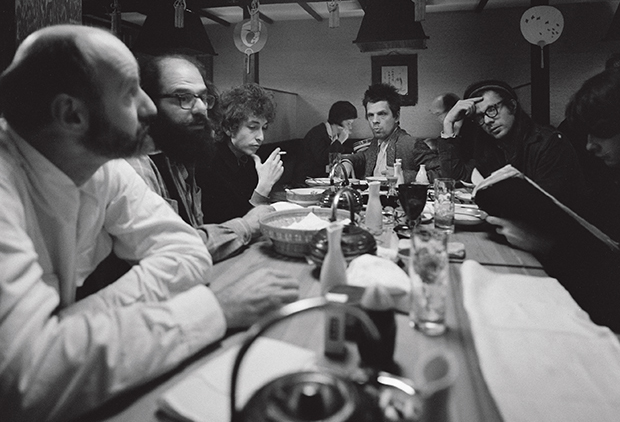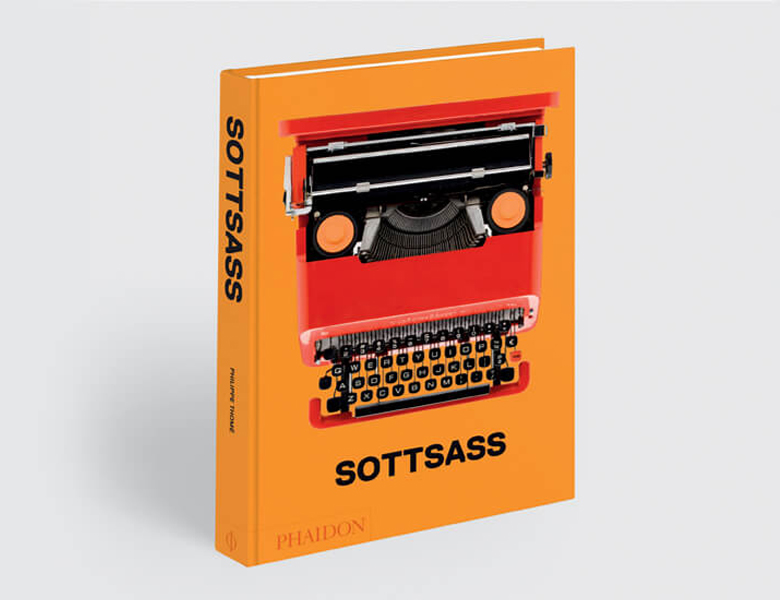
Why a 1965 Sottsass living room is being recreated in Basel
New show suggests that the Beat generation helped Ettore Sottsass break away from modernism
We most closely associate the Italian designer and architect Ettore Sottsass with the Memphis Group, which, with its bright colours, unusual forms, and playful attitude towards beauty and utility, did so much to define the look of the 1980s.
However, a new exhibition, at Design Miami/ Basel, on show in the Swiss city 12 – 17 June, looks back a little further, picking 1965 as Sottsass's annus mirabilis.
Ettore Sottsass: Una Piccola Stanza is a mock-up of a 1965 Italian living room featuring Sottsass’s furniture and ceramics made during this period. The show includes the curvaceous 1965 Barbarella writing cabinet, and his 1963 Ceramiche delle tenebre or Darkness ceramics, created while recovering from a tropical illness, possibly picked-up during an earlier trip to India.

That disease and its subsequent treatment was crucial in Sottsass's development. As we explain in our book, the designer was given life-saving, cutting-edge treatment at the Stanford Medical Center in Palo Alto, California, and, following his stay, he recuperated in the US, where he met Allen Ginsberg, Neal Cassady and other key figures within the Beat generation.
They had a profound effect on Ettore; we quote the designer saying in our book "I was prepared for all this, I was like a layer of wax waiting to receive those signs."

Sottsass had long taken an interest in jewellery, pottery and other folk arts, prized spiritual and ritual values over mere usefulness, and had harboured suspicions about the dour, utilitarian approach of modern, industrial design. In the Beats he found fellow travellers, who too rejected the modern, market-driven approach in favour of spirituality.
Sottsass remained on good terms with the Beats over the following years – his first wife, the journalist and translator Fernanda Pivana became something of a spokeswoman for Beat culture in Italy – while his rejection of modernism found its apogee in Memphis – a group, as all good design scholars know, named after a 1966 song (Stuck Inside of Mobile With the Memphis Blues Again) by one-time beatnik, Bob Dylan.
